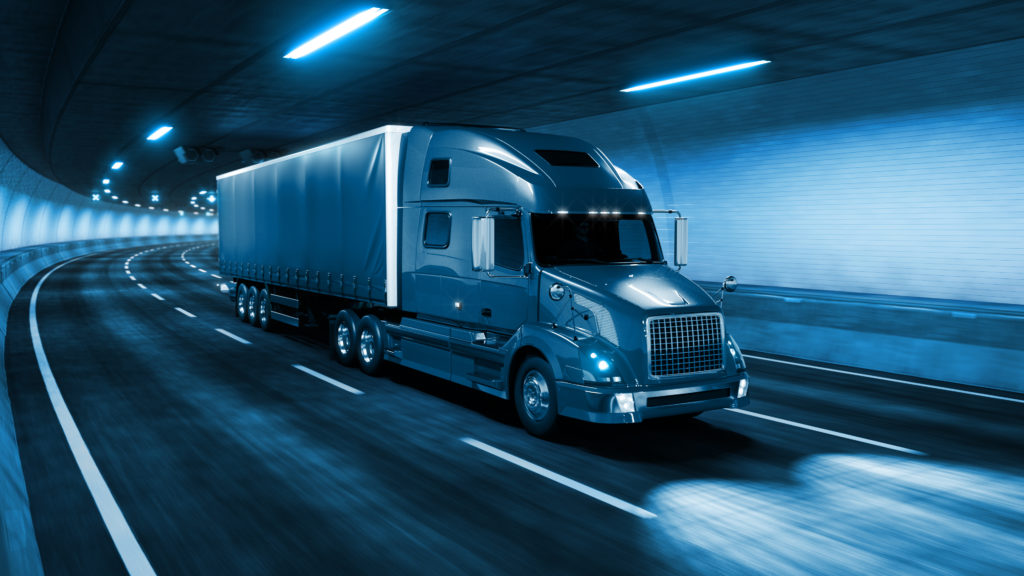Artificial intelligence continues to make waves across the industry, becoming a huge hope for trucking companies and the public alike when it comes to the future of roadway safety.
Now, AI Fleet, a trucking company startup based out of Austin, Texas, is prioritizing the utilization of artificial intelligence tech and bringing on drivers that it feels will be able to make a progressive difference in the industry as a whole.
“Our mission is to make truck driving better,” said AI Fleet’s CEO, Mark El Khoury. “That means better for the drivers, better for our customers, and better for the overall nation. Today, the driver shortage is really nothing but a symptom of how poorly-utilized drivers are.”
El Khoury co-founded AI Fleet last year after leaving a prominent role as a consultant within the trucking world; his new company focuses upon AI technology to boost efficiency and circumvent regular trucking industry challenges.
According to El Khoury, trucking has been focused upon customers and shippers since its beginnings–instead of prioritizing the drivers that push the industry forward. Because of this, the overall truck driver shortage has been as serious as ever, with more and more truckers making the decision to leave the industry for good.
“Our current drivers–overall in the U.S.–are unhappy that they’re not making enough money.” he explained. “Clearly, that’s the problem that we have to solve.”
AI Fleet’s software can choose hauls for truckers by taking into account what will bring in the most money for a driver and his or her company, in addition to considering what route will be best for the driver, specifically. Downtime is also shortened with this system as the technology can alert drivers of all aspects surrounding their next shipment even before they complete the current haul. This is possible through a variety of back-office efforts on top of automated shipment planning and acceptance.
“A driver journey starts when a driver is available,” said El Khoury. “They usually drive empty miles to pick up their load, but once they arrive to pick up their load, they usually have to wait for their appointment. Once they get to their appointment, [they] have to wait to get loaded.”
El Khoury noted that all of this waiting time points to efficiency shortcomings in the truck driver hauling process itself.
“After you’re loaded to drive to your destination…you have to wait to get unloaded, and then you have to wait to get assigned for [the] next load,” he continued. “Every time I said ‘wait’…is actually an inefficiency in the driver journey.”
These problems are ultimately avoidable, El Khoury said–all a company needs to do is implement and employ certain kinds of innovative technology.
“Where our technology comes into play–it’s helping us make better decisions by being able to review those billions of options and then assigning loads to drivers in a way to maximize driver utilization,” he explained.
This has been a largely vacant space in the trucking sector, El Khoury noted, saying that the AI Fleet team quickly concluded that the best way to become a major player in the industry would be to find a way for technology to truly benefit the everyday operations of a trucking company. Typically, these companies are not the best software consumers, so solely selling software products to fleets was not considered to be the most lucrative choice.
“We basically ended up starting a trucking company from scratch,” he said. “We use technology to replace a big chunk of our operations. Instead of helping humans do a better job as many trucking companies do, the AI technology is the brain behind making decisions.”
Additionally, AI Fleet wants to bring a strong focus to overall care for truck drivers, encouraging truckers to go home at least once a week and offering health care, paid time off, and a guaranteed salary. Nearly two-thirds of AI Fleet’s recent hires have been through referrals, El Khoury added.
“Trucking is not scalable today,” he said. “This driver utilization problem means that large trucking companies, at some point, say, “You know what? If we keep growing or [out] utilization is already low…it’s going to potentially get worse.”
Now, AI Fleet hopes to soon become the most prominent trucking company in the country.
“We are hoping to show that through a different business model and through technology, we can build a scale with trucking companies,” said El Khoury.





